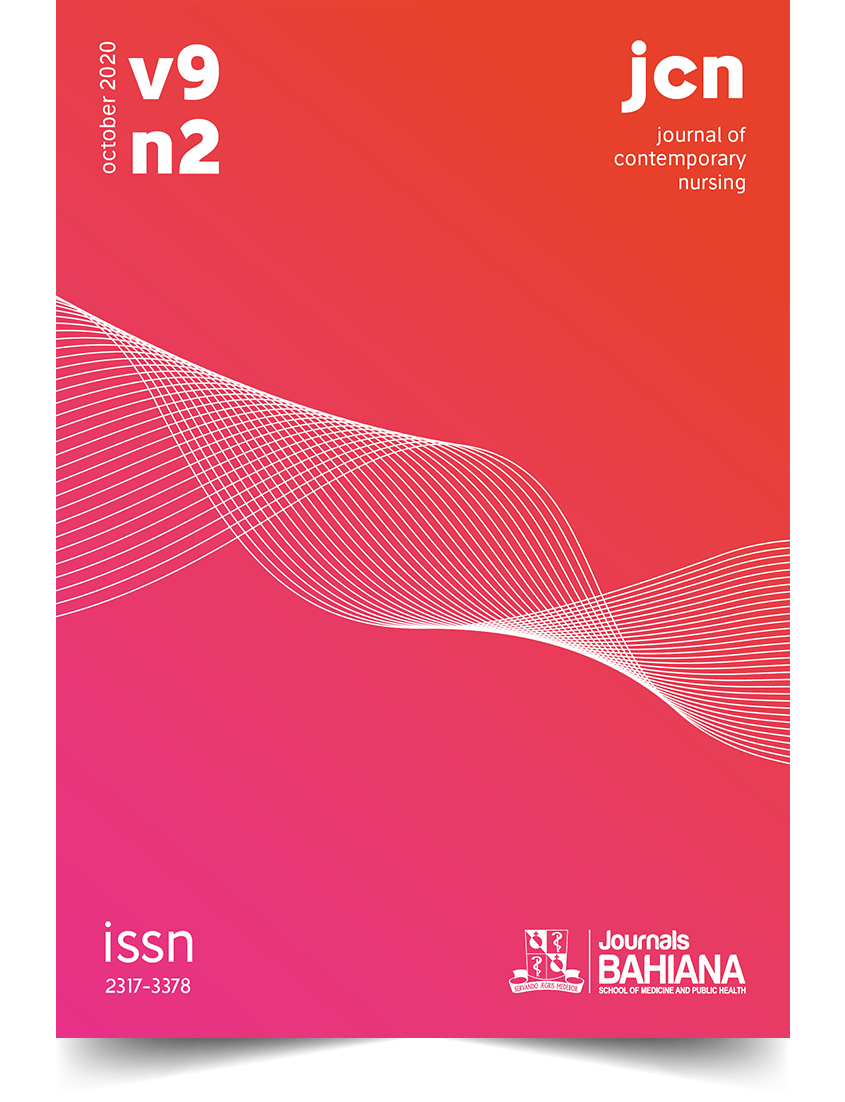Clinical profile of cancer patients and hypersensitivity reactions to systemic chemotherapeutic agents
DOI:
https://doi.org/10.17267/2317-3378rec.v9i2.2876Keywords:
Chemotherapy. Antineoplastic agents. Drug hypersensitivity.Abstract
OBJECTIVE: To identify the clinical profile of cancer patients and hypersensitivity reactions to systemic chemotherapeutic agents. METHOD: This is a documentary and retrospective study, with data obtained from medical records of cancer patients undergoing chemotherapy. 249 clinical records were analyzed between january 2013 and january 2014 to identify hypersensitivity reactions and extract demographic and clinical data. RESULTS: Six medical records of patients with episodes of hypersensitivity to chemotherapy were identified. 66,7% were female patients, with an average age of 58.4 years (SD: ± 14.9) and stage III cancer (66.7%), whereas colon and ovarian tumors were the most prevalent types (33.3%). The incidence of hypersensitivity reactions was 2,4%. Of the 12 episodes studied, respiratory distress was the most frequent symptom (58.3%) and hyperemia was the most frequent sign (50%). Rituximab was the antineoplastic agent most associated with such reactions (33.3%), followed by the combination of FOLFOX and bevacizumab (25%). Most episodes occurred in the second chemotherapy cycle (25%). CONCLUSION: The hypersensitivity reactions to chemotherapy depends on the drugs selected and the responses developed by the patients, with a wide range of signs and symptoms.



